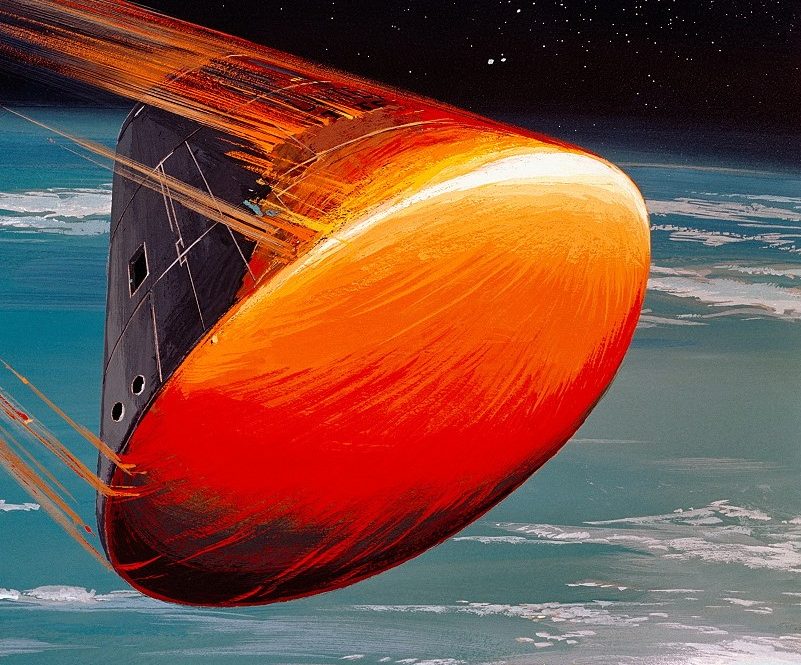
The Apollo Program, A Personal Journal: Phil Shaffer
Phil Shaffer, an Apollo Flight Director and Assistant Chief of the NASA Houston Flight Dynamics Branch, was yet another extraordinary NASA veteran.

Phil Shaffer, an Apollo Flight Director and Assistant Chief of the NASA Houston Flight Dynamics Branch, was yet another extraordinary NASA veteran.

If you know your history, or if you’ve watched the movie Apollo 13, you have an advantage those of us working on that mission didn’t. You know how it came out.

I was young and hadn’t experienced a crushing reversal at the hands of an impersonal universe. More were to come my way, but on that day, Apollo 13 was enough.

The Space Shuttle Columbia disaster demonstrated the hazard of reentering the atmosphere with a damaged heat shield. During my support of Apollo 13, that was the goblin hiding under my bed.

There’s nothing quite like having Walter Cronkite narrate live on national TV how well you did your job on Apollo, especially on the day that Neil Armstrong was coming back from the Moon.

I was pretty proud of myself by then. Barely three years out of school and here I was teaching the Apollo astronauts how to pilot their spacecraft, for God’s sake. As I was to discover many times over in my career, smugness invites its own reward. This one arrived while I was briefing an Apollo astronaut for an upcoming mission.

I always wanted to pilot a spaceship. During Program Apollo, I actually got to! (sort of).

The Apollo astronauts had more than a dozen really cool simulators to train them for a flight to the Moon. I had to learn how to fly one.

Once I’d written a set of FORTRAN programs (yes,. paper and pencil) to model an array of Apollo reentry profiles, I sat down at a punched card machine and typed them in. This device was basically a desk with a built-in typewriter keyboard

The first task I was assigned in October of 1968 was to determine exactly how the onboard autopilot was supposed to operate during reentry, and that meant digging through the inner workings of the Apollo Guidance Computer itself.

Before I could develop a backup plan for the reentry of the Apollo Command Module, I had to get answers to two questions.

The Apollo Command Module is shaped like an oversized Hershey’s Kiss and entered Earth’s atmosphere broadside first, giving it all the aerodynamics of a misshapen rock.

In 1968, NASA’s Manned Spacecraft Center in Clear Lake City, Texas was a hot and humid place, built three years earlier on a thousand acres of undeveloped cow pasture 25 miles southeast of downtown Houston, in the middle of nowhere.

Recent Comments